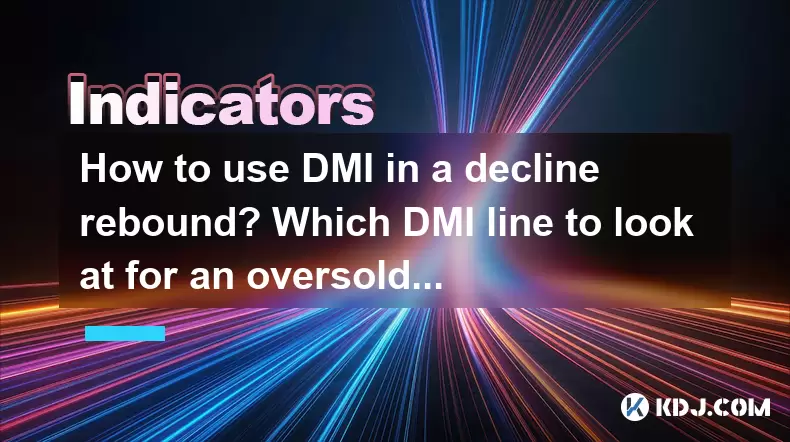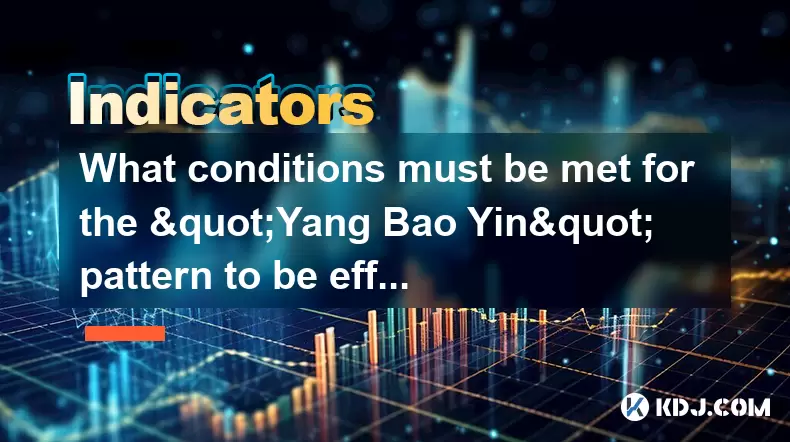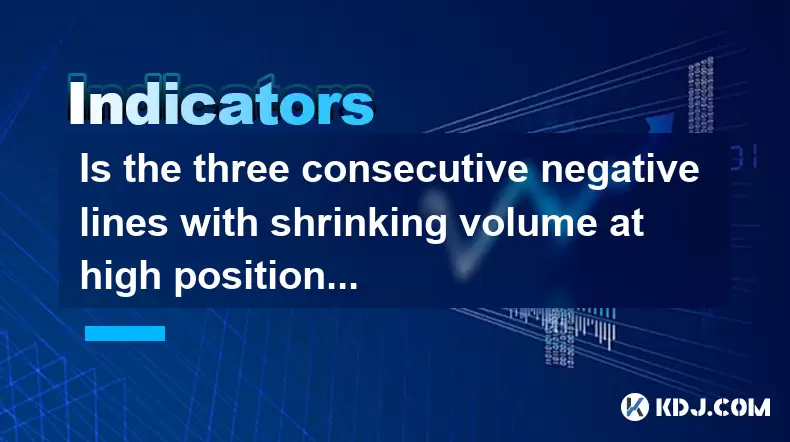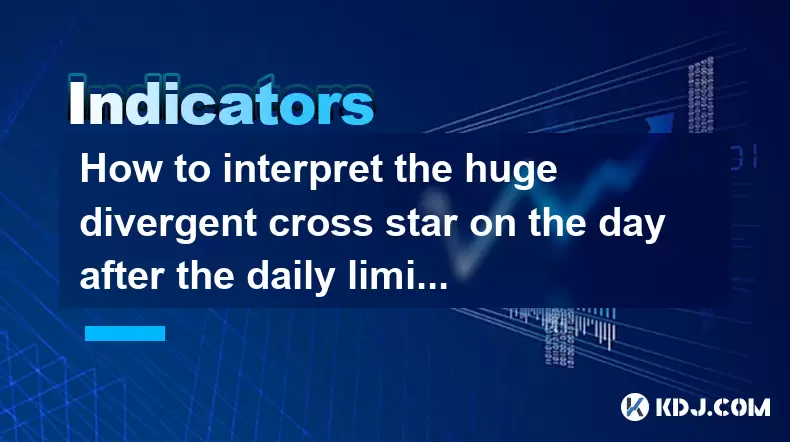-
 Bitcoin
Bitcoin $105,053.8967
0.28% -
 Ethereum
Ethereum $2,536.9103
0.49% -
 Tether USDt
Tether USDt $1.0004
0.01% -
 XRP
XRP $2.1735
1.51% -
 BNB
BNB $650.9659
-0.36% -
 Solana
Solana $146.0013
1.03% -
 USDC
USDC $1.0000
0.01% -
 Dogecoin
Dogecoin $0.1776
1.66% -
 TRON
TRON $0.2700
-1.20% -
 Cardano
Cardano $0.6367
0.08% -
 Hyperliquid
Hyperliquid $41.5154
4.36% -
 Sui
Sui $3.0303
1.00% -
 Bitcoin Cash
Bitcoin Cash $436.0395
5.03% -
 Chainlink
Chainlink $13.1926
-0.32% -
 UNUS SED LEO
UNUS SED LEO $9.0306
-0.41% -
 Stellar
Stellar $0.2595
0.37% -
 Avalanche
Avalanche $19.1528
0.37% -
 Toncoin
Toncoin $3.0008
1.46% -
 Shiba Inu
Shiba Inu $0.0...01218
4.24% -
 Hedera
Hedera $0.1597
4.06% -
 Litecoin
Litecoin $86.1907
2.88% -
 Polkadot
Polkadot $3.8078
-0.27% -
 Ethena USDe
Ethena USDe $1.0005
0.02% -
 Monero
Monero $315.3789
0.26% -
 Dai
Dai $0.9999
0.01% -
 Bitget Token
Bitget Token $4.5446
0.46% -
 Pepe
Pepe $0.0...01114
4.48% -
 Uniswap
Uniswap $7.3261
1.15% -
 Pi
Pi $0.5867
5.21% -
 Aave
Aave $276.8268
-2.40%
How to use DMI in a decline rebound? Which DMI line to look at for an oversold rebound?
Use DMI to spot oversold rebounds: focus on declining -DI and ADX lines, confirm with RSI, and enter long positions cautiously with stop-loss orders.
Jun 08, 2025 at 10:56 pm

The Directional Movement Index (DMI) is a popular technical indicator used by traders to identify the strength of a trend and potential reversal points in the market. When it comes to using the DMI in a decline rebound scenario, it is crucial to understand how to interpret the different components of the DMI and which specific lines to focus on to identify an oversold rebound. This article will delve into the details of using the DMI effectively in such situations.
Understanding the Components of DMI
The DMI consists of three main lines: the Positive Directional Indicator (+DI), the Negative Directional Indicator (-DI), and the Average Directional Index (ADX). Each of these lines provides different insights into market trends and potential reversal points.
The +DI line represents the upward movement in the market and is calculated based on the difference between the current high and the previous high. When the +DI line is above the -DI line, it indicates a bullish trend.
The -DI line represents the downward movement in the market and is calculated based on the difference between the current low and the previous low. When the -DI line is above the +DI line, it indicates a bearish trend.
The ADX line measures the strength of the trend, regardless of its direction. A rising ADX line indicates a strengthening trend, while a falling ADX line indicates a weakening trend.
Identifying an Oversold Rebound Using DMI
When looking for an oversold rebound, the focus should be on the -DI line and the ADX line. These two lines provide crucial information about the strength of the downward trend and potential reversal points.
Monitoring the -DI line: The -DI line is particularly important in identifying an oversold condition. When the -DI line reaches extreme levels and starts to decline, it may signal that the bearish momentum is waning, and a potential rebound could be imminent.
Watching the ADX line: The ADX line helps in assessing the strength of the downward trend. If the ADX line is high and starts to decline while the -DI line is also declining, it suggests that the bearish trend is losing strength, increasing the likelihood of a rebound.
Steps to Use DMI for a Decline Rebound
To effectively use the DMI for identifying and trading a decline rebound, follow these detailed steps:
Open your trading platform: Ensure that you have a reliable trading platform that supports the DMI indicator. Most major platforms, including MetaTrader 4 and 5, TradingView, and others, have the DMI indicator available.
Add the DMI indicator to your chart: Navigate to the indicators section of your platform and select the DMI indicator. Apply it to the chart of the cryptocurrency you are interested in trading.
Set the parameters: The default settings for the DMI are usually 14 periods for both the +DI and -DI lines, and 14 periods for the ADX line. These settings can be adjusted based on your trading strategy, but the default settings are often effective for most traders.
Monitor the -DI line: Focus on the -DI line and observe its movement. Look for instances where the -DI line reaches a high level and then starts to decline. This could be an early sign of a potential rebound.
Check the ADX line: Simultaneously, monitor the ADX line. If the ADX line is also declining while the -DI line is falling, it strengthens the case for an impending rebound.
Confirm with other indicators: To increase the reliability of your analysis, consider using other technical indicators such as the Relative Strength Index (RSI) or the Stochastic Oscillator. These indicators can help confirm an oversold condition and potential rebound.
Enter the trade: Once you have identified a potential rebound based on the DMI and other confirming indicators, consider entering a long position. Place a stop-loss order below the recent low to manage risk.
Monitor the trade: After entering the trade, continue to monitor the DMI lines and other indicators to ensure that the rebound is progressing as expected. Adjust your stop-loss and take-profit levels as needed.
Using the -DI Line for an Oversold Rebound
The -DI line is the primary focus when looking for an oversold rebound. Here's a detailed explanation of how to use the -DI line effectively:
High -DI levels: When the -DI line reaches high levels (typically above 25 or 30), it indicates strong bearish momentum. However, when the -DI line starts to decline from these high levels, it suggests that the bearish pressure is diminishing.
Crossover with +DI: A potential signal for a rebound is when the -DI line crosses below the +DI line. This crossover can indicate a shift from a bearish to a bullish trend, signaling a potential rebound.
Divergence with price: Another important aspect to consider is divergence between the -DI line and the price action. If the price continues to make new lows while the -DI line fails to reach new highs, it can be a strong indication of an impending rebound.
Combining DMI with Other Indicators
While the DMI is a powerful tool on its own, combining it with other technical indicators can enhance your trading strategy. Here are some common indicators that work well with the DMI:
Relative Strength Index (RSI): The RSI is a momentum oscillator that measures the speed and change of price movements. When the RSI is in oversold territory (typically below 30) and starts to rise, it can confirm a potential rebound identified by the DMI.
Stochastic Oscillator: Similar to the RSI, the Stochastic Oscillator can help identify oversold conditions. A rising Stochastic Oscillator from oversold levels can confirm a potential rebound signaled by the DMI.
Moving Averages: Using moving averages can help identify the overall trend direction. A crossover of a short-term moving average above a long-term moving average can confirm a potential rebound identified by the DMI.
Practical Example of Using DMI for a Decline Rebound
To illustrate how to use the DMI for a decline rebound, consider the following example with Bitcoin (BTC):
Initial Setup: You have added the DMI indicator to your Bitcoin chart with the default settings (14 periods for +DI, -DI, and ADX).
Observing the -DI line: You notice that the -DI line has been rising and recently reached a high of 35, indicating strong bearish momentum.
Decline in -DI line: The -DI line starts to decline from this high level, suggesting that the bearish pressure is waning.
ADX line analysis: You also observe that the ADX line, which had been rising, is now starting to decline, indicating a weakening trend.
Confirming with RSI: You check the RSI, which is currently at 28, indicating an oversold condition. The RSI starts to rise, confirming the potential rebound.
Entering the trade: Based on these signals, you decide to enter a long position on Bitcoin. You place a stop-loss order just below the recent low to manage risk.
Monitoring the trade: You continue to monitor the DMI lines and the RSI to ensure that the rebound is progressing as expected. You adjust your stop-loss and take-profit levels as the trade develops.
Frequently Asked Questions
Q: Can the DMI be used effectively on different timeframes?
A: Yes, the DMI can be used effectively on various timeframes, from short-term charts like 1-minute or 5-minute charts to longer-term charts like daily or weekly charts. The key is to adjust the period settings of the DMI according to the timeframe you are trading. For shorter timeframes, you might use shorter periods (e.g., 7 or 10), while for longer timeframes, the default 14 periods are often suitable.
Q: How does the DMI perform in highly volatile markets?
A: In highly volatile markets, the DMI can still be a useful tool, but it is important to combine it with other indicators and risk management strategies. High volatility can lead to more frequent crossovers and false signals, so using additional confirmation from indicators like the RSI or Stochastic Oscillator can help filter out false signals.
Q: Is it necessary to use the ADX line when trading with the DMI?
A: While the ADX line is not mandatory, it provides valuable information about the strength of the trend. Using the ADX line can help you determine whether the trend is strong enough to warrant a trade. If the ADX line is below a certain threshold (e.g., 20), it might indicate a weak trend, suggesting that waiting for a stronger trend could be more beneficial.
Q: Can the DMI be used for short selling in a decline rebound scenario?
A: Yes, the DMI can be used for short selling as well. In a decline rebound scenario, if the -DI line is declining and the +DI line starts to rise, it could indicate a potential short-selling opportunity. However, it is crucial to use other confirming indicators and maintain strict risk management when short selling.
Disclaimer:info@kdj.com
The information provided is not trading advice. kdj.com does not assume any responsibility for any investments made based on the information provided in this article. Cryptocurrencies are highly volatile and it is highly recommended that you invest with caution after thorough research!
If you believe that the content used on this website infringes your copyright, please contact us immediately (info@kdj.com) and we will delete it promptly.
- Rexas Finance (RXS), Sui (SUI), Shiba Inu (SHIB), and Hedera (HBAR): 4 Cryptos to Watch in 2024
- 2025-06-14 21:50:12
- As Over $90 Billion in TVL Remains Untapped, a New Generation of Crypto Companies Emerges
- 2025-06-14 21:50:12
- Mutuum Finance (MUTM) Pre-Sale Raises $7.3M Awaiting 20% Cost Increase to $0.03
- 2025-06-14 21:45:12
- USD/CAD Depreciates as US Dollar Remains Subdued
- 2025-06-14 21:45:12
- Tariff Tensions Reinforce JPY Safe-Haven Appeal
- 2025-06-14 21:40:13
- President Trump's upcoming 100-day speech has attracted great attention in the cryptocurrency field.
- 2025-06-14 21:40:13
Related knowledge

How to calculate the probability of trend continuation after the MACD column divergence?
Jun 14,2025 at 08:01am
Understanding MACD Column DivergenceThe Moving Average Convergence Divergence (MACD) is a widely used technical indicator in cryptocurrency trading. The MACD column, also known as the histogram, represents the difference between the MACD line and the signal line. When price makes a new high or low but the MACD histogram does not confirm this movement, a...

What are the volume requirements for adjusting the K line in the "rising three methods" pattern?
Jun 14,2025 at 07:50am
Understanding the 'Rising Three Methods' Pattern in Cryptocurrency TradingThe 'rising three methods' pattern is a bullish continuation candlestick formation that traders often use to identify potential upward momentum in cryptocurrency price charts. This pattern typically appears during an uptrend and suggests that the trend is likely to continue after ...

What conditions must be met for the "Yang Bao Yin" pattern to be effective?
Jun 14,2025 at 06:42am
Understanding the 'Yang Bao Yin' Pattern in Cryptocurrency TradingThe Yang Bao Yin pattern is a candlestick formation commonly observed in technical analysis within the cryptocurrency market. This pattern typically signals a potential bullish reversal after a downtrend. However, for this pattern to be effective and reliable, certain conditions must be m...

Is the three consecutive negative lines with shrinking volume at high positions a signal that the main force has finished shipping?
Jun 14,2025 at 09:56am
Understanding the Concept of Three Consecutive Negative LinesIn cryptocurrency trading, three consecutive negative lines refer to a situation where an asset's price chart shows three successive candlesticks with closing prices lower than their opening prices. This pattern typically indicates bearish sentiment in the market. When this occurs at high posi...

Is it an opportunity for the long positive line with large volume to break through the platform and then shrink back?
Jun 14,2025 at 04:42am
Understanding the Long Positive Line with Large VolumeIn technical analysis, a long positive line refers to a candlestick pattern where the closing price is significantly higher than the opening price, often indicating strong buying pressure. When this occurs alongside large volume, it suggests that market participants are actively involved in pushing t...

How to interpret the huge divergent cross star on the day after the daily limit?
Jun 14,2025 at 02:35pm
Understanding the Divergent Cross Star PatternIn the realm of technical analysis within cryptocurrency trading, candlestick patterns are essential tools for predicting price movements. One such pattern is the divergent cross star, which appears as a doji or near-doji candle following a significant price move. When this pattern occurs the day after a dai...

How to calculate the probability of trend continuation after the MACD column divergence?
Jun 14,2025 at 08:01am
Understanding MACD Column DivergenceThe Moving Average Convergence Divergence (MACD) is a widely used technical indicator in cryptocurrency trading. The MACD column, also known as the histogram, represents the difference between the MACD line and the signal line. When price makes a new high or low but the MACD histogram does not confirm this movement, a...

What are the volume requirements for adjusting the K line in the "rising three methods" pattern?
Jun 14,2025 at 07:50am
Understanding the 'Rising Three Methods' Pattern in Cryptocurrency TradingThe 'rising three methods' pattern is a bullish continuation candlestick formation that traders often use to identify potential upward momentum in cryptocurrency price charts. This pattern typically appears during an uptrend and suggests that the trend is likely to continue after ...

What conditions must be met for the "Yang Bao Yin" pattern to be effective?
Jun 14,2025 at 06:42am
Understanding the 'Yang Bao Yin' Pattern in Cryptocurrency TradingThe Yang Bao Yin pattern is a candlestick formation commonly observed in technical analysis within the cryptocurrency market. This pattern typically signals a potential bullish reversal after a downtrend. However, for this pattern to be effective and reliable, certain conditions must be m...

Is the three consecutive negative lines with shrinking volume at high positions a signal that the main force has finished shipping?
Jun 14,2025 at 09:56am
Understanding the Concept of Three Consecutive Negative LinesIn cryptocurrency trading, three consecutive negative lines refer to a situation where an asset's price chart shows three successive candlesticks with closing prices lower than their opening prices. This pattern typically indicates bearish sentiment in the market. When this occurs at high posi...

Is it an opportunity for the long positive line with large volume to break through the platform and then shrink back?
Jun 14,2025 at 04:42am
Understanding the Long Positive Line with Large VolumeIn technical analysis, a long positive line refers to a candlestick pattern where the closing price is significantly higher than the opening price, often indicating strong buying pressure. When this occurs alongside large volume, it suggests that market participants are actively involved in pushing t...

How to interpret the huge divergent cross star on the day after the daily limit?
Jun 14,2025 at 02:35pm
Understanding the Divergent Cross Star PatternIn the realm of technical analysis within cryptocurrency trading, candlestick patterns are essential tools for predicting price movements. One such pattern is the divergent cross star, which appears as a doji or near-doji candle following a significant price move. When this pattern occurs the day after a dai...
See all articles

























































































